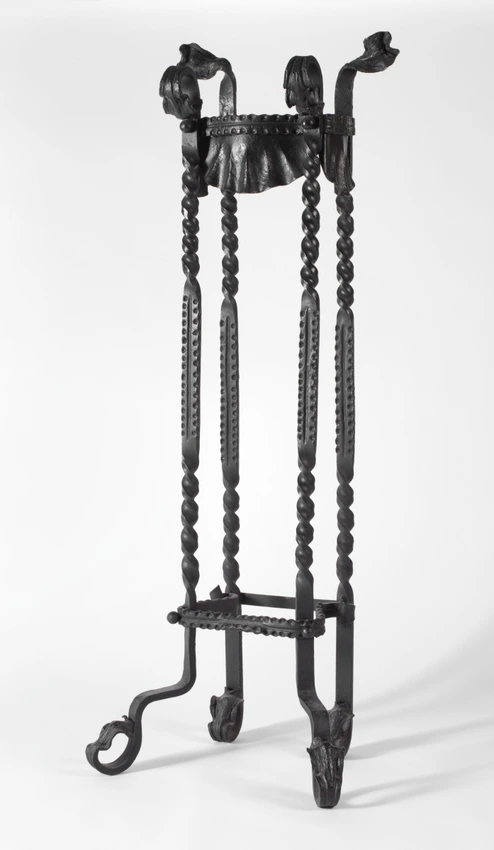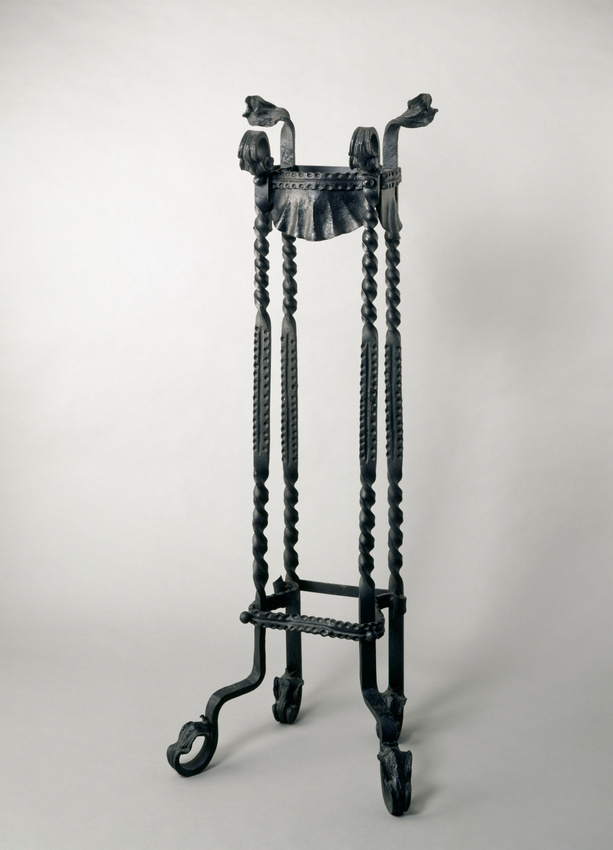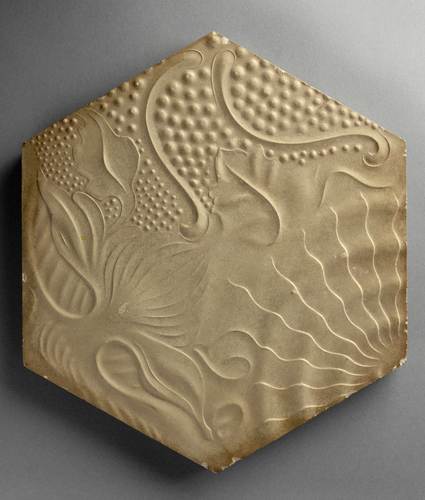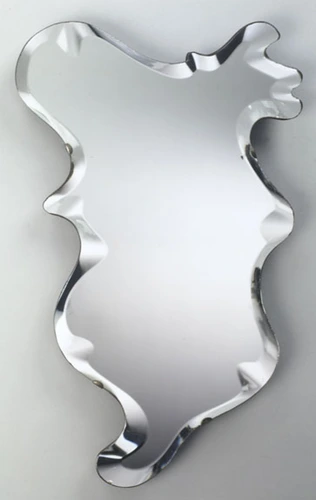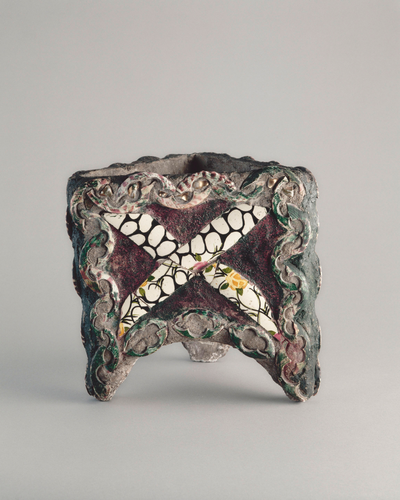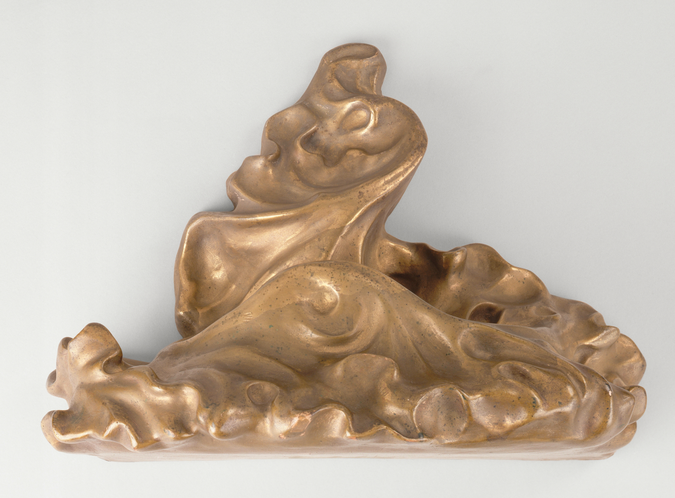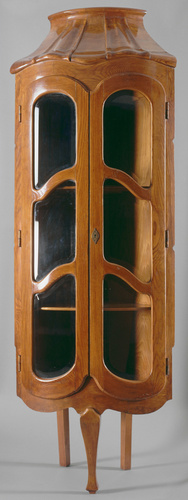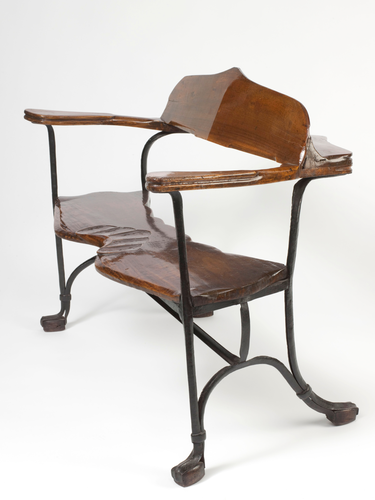Support de jardinière
An excellent physician, deeply interested in combinations of materials, whether they be products of modern industry or those of traditional crafts, a great connoisseur of gothic and baroque structures, critical admirer of the rationalist theories of Egène Viollet-le-Duc haunted by a profound naturalistic dream, Antoni Gaudí successfully blended in his work structure, construction and decoration in a living visual mass that may well be unparalleled in the history of Western architecture.
In July 1886, Don Eusebi Güell, the owner of prosperous textile industries, submitted the projects for a mansion he had asked Gaudí to build for him on one of the most elegant streets of the historical Ramblas quarter to the approval of the Barcelona Ayuntamiento. For his commissioner, the architect designed an urban palace presenting many innovations in terms of structure, volumes and in the distribution of space, and offering a striking contrast between the austerity of the exterior and the sumptuousness of the inside decoration, to which the architect Camillo Oliveras Gensana contributed.
This stand for a window box was executed by Juan Oños assisted by the brothers José and Luis Badia. The central part of the uprights presents two varieties of twists also present on other decorative elements of the building. These uprights end on both extremities with volutes developing freely like plants, like those of the end pieces of the rear façade balcony and of the railing of the flat roof. As for the folds of the elements of the upper tablet, they recall textile or leather, like some of the slatted blinds.
